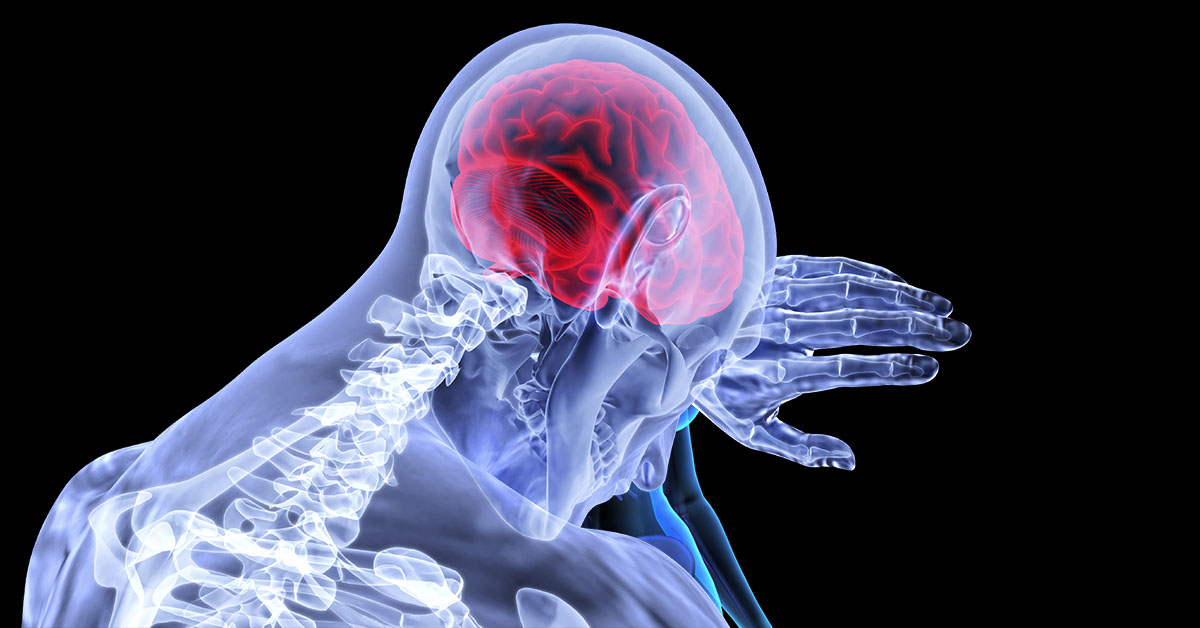Glioma: tumor in brain’s supportive cells. Some symptoms: persistent headaches, vision and/or memory problems.
Gliomas

What are Gliomas?
Gliomas are brain tumors that arise from neuroglial cells. These are supportive cells of the brain. Neuroglial cells are the main cells that can develop tumors in the brain.
The risk of glioma increases with age. The greatest risk occurs between 75 and 84 years of age. Low-grade versions of gliomas can occur in children. These are slightly more likely to affect males as compared to females.
There are four different types of gliomas:
- Astrocytomas affect star-shaped cells in the tissues supporting the brain and spinal cord.
- Ependymomas affect cells lining the cavities of the central nervous system and which make up the walls of the ventricles.
- Oligodendrogliomas affect cells that coat axons in the central nervous system.
- Mixed gliomas
Cause of Gliomas
The causes of gliomas are not fully known. Some genetics disorders are suspected as culprits. Exposure of the brain to radiation is the only significant known risk factor. Lifestyle factors (e.g., smoking, drinking, and cell phone usage) are not considered to the risk factors.
Symptoms of Gliomas
Symptoms of gliomas vary depending on the location of the tumor. Usually symptoms are similar to those presented by other brain tumors. Some of the common symptoms of gliomas include:
- Persistent headaches (almost 50% of the patients complain of headaches)
- Double or blurred vision
- Vomiting (if not associated with migraine)
- Loss of hunger
- Loss of muscle control
- Changes in personality and/or mood
- Changes in ability to think and learn
- Loss of memory
- New seizures
- Difficulty in speech
These symptoms may vary or become worse as the glioma continues to destroy brain cells.
Diagnosis of Gliomas
If a patient shows these symptoms and doctor suspects the presence of a glioma, several high-tech studies will be utilized for diagnosis. These techniques may involve computed tomography (CT) scan and/or magnetic resonance imaging (MRI). Magnetic resonance spectroscopy (MRS) may be used to examine the chemical profile of the tumor and to determine the nature of the lesions. Positron emission tomography (PET scan) can be helpful for detecting recurring brain tumors.
If the imaging techniques suggest a brain tumor, a biopsy of the cells is done to diagnose glioma.
Treatment Options
The options for treatment of gliomas depend on the location of the tumor and on the grade (or severity) of the tumor. A comprehensive program for treating gliomas may include surgery, radiation and chemotherapy. These treatments may be used individually or in combination.
Surgery involves removal of the affected cells. Surgery is scheduled soon after the initial diagnosis of glioma. Usually surgery is not the only treatment. It is complemented with other techniques because complete removal of all affected cells is not possible. Gliomas have tentacles that may spread to other brain cells.
Radiation involves the usage of energy beams to stop or slow the growth of cells affected by glioma. Radiation tries to shrink the cells and to make them unable to reproduce. This treatment option is generally used for 6 weeks. It is started approximately 2 to 4 weeks after surgery.
Chemotherapy involves the usage of toxic drugs that kill cells affected by glioma. These drugs are given during the radiation therapy and their usage is continued after the radiation therapy as maintenance treatment.



